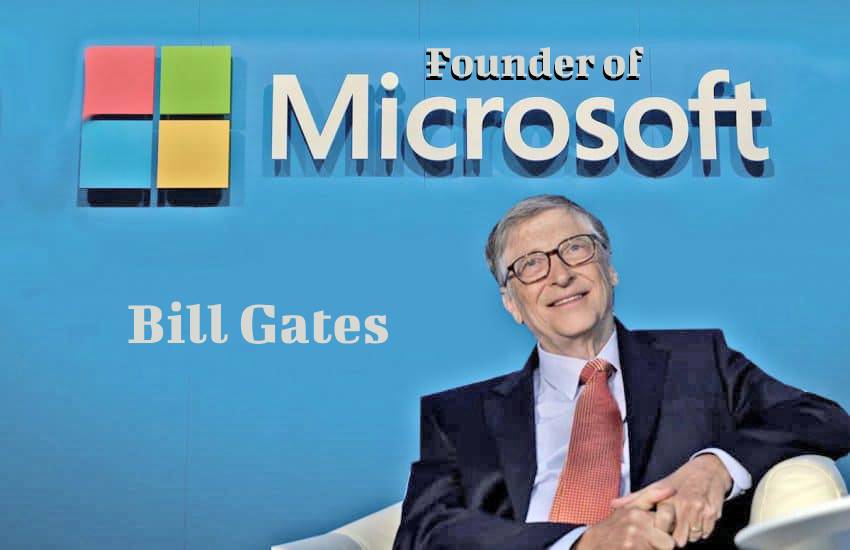The Founding of Microsoft: How Bill Gates and Paul Allen Changed the World
In the world of technology, few names are as iconic as Microsoft. Today, it’s hard to imagine a world without computers, software, and the digital infrastructure that powers our everyday lives. But back in the mid-1970s, two young visionaries, Bill Gates and Paul Allen, set out on a journey that would forever change the landscape of computing.
The Early Days
Bill Gates and Paul Allen were childhood friends from Seattle, sharing a passion for computers at a time when computers were still massive, expensive machines that only large corporations or universities could afford. In their teenage years, they spent countless hours tinkering with early computers and writing code, often dreaming of a future where personal computers would become accessible to everyone.
That dream began to take shape in 1975 when Allen came across an article in Popular Electronics magazine about the Altair 8800, an early microcomputer. Excited by the possibilities, Allen showed the article to Gates, and they both saw an opportunity to make their mark on the tech world. The duo realized that this new wave of microcomputers would need software to function, and they were determined to be the ones to provide it.
Microsoft is Born
In 1975, Gates and Allen founded Microsoft (a combination of “microcomputer” and “software”) with a clear mission: to create software for the emerging personal computer market. Their first major success came when they developed a version of the programming language BASIC for the Altair 8800. This software allowed people to write programs on their new microcomputers, opening the door to widespread personal computing.
Microsoft’s BASIC quickly gained popularity, and the company began to establish itself as a key player in the growing tech industry.
The Big Break: Partnership with IBM
Microsoft’s big break came in 1980 when they partnered with IBM to create an operating system for their upcoming personal computer, the IBM PC. Although Microsoft didn’t have an operating system ready, they quickly acquired one, reworked it, and presented it to IBM as MS-DOS (Microsoft Disk Operating System). This partnership with IBM catapulted Microsoft into the mainstream and established them as a dominant force in the software industry.
As personal computers became more popular, so did Microsoft. The company’s operating system, MS-DOS, became the standard for IBM-compatible computers, setting the stage for the next leap in software development.
Windows: A Revolution in Computing
In 1985, Microsoft introduced Windows, a graphical user interface (GUI) designed to run on top of MS-DOS. Unlike the command-line interface of MS-DOS, Windows allowed users to interact with their computers through visual elements like icons and windows, making personal computers more user-friendly.
The release of Windows marked a major turning point in the world of computing, as it brought personal computers to a wider audience. Over the years, Microsoft continued to improve and expand its Windows platform, eventually becoming the dominant operating system used around the world.
Microsoft’s Legacy
Today, Microsoft is a global leader in software, cloud computing, and various other technologies. The company’s influence stretches far beyond operating systems. It has expanded into areas like gaming with the Xbox, productivity tools like Microsoft Office, and cloud services through Azure. Bill Gates, once the world’s richest man, stepped down as CEO in 2000, but his vision and leadership helped cement Microsoft as one of the most influential companies in history.
The story of Microsoft’s founding is a testament to the power of vision, innovation, and perseverance. Bill Gates and Paul Allen saw a future where personal computers would change the way we live and work, and through Microsoft, they made that vision a reality. Their work paved the way for the digital age, and their legacy continues to shape the technology we use today.



